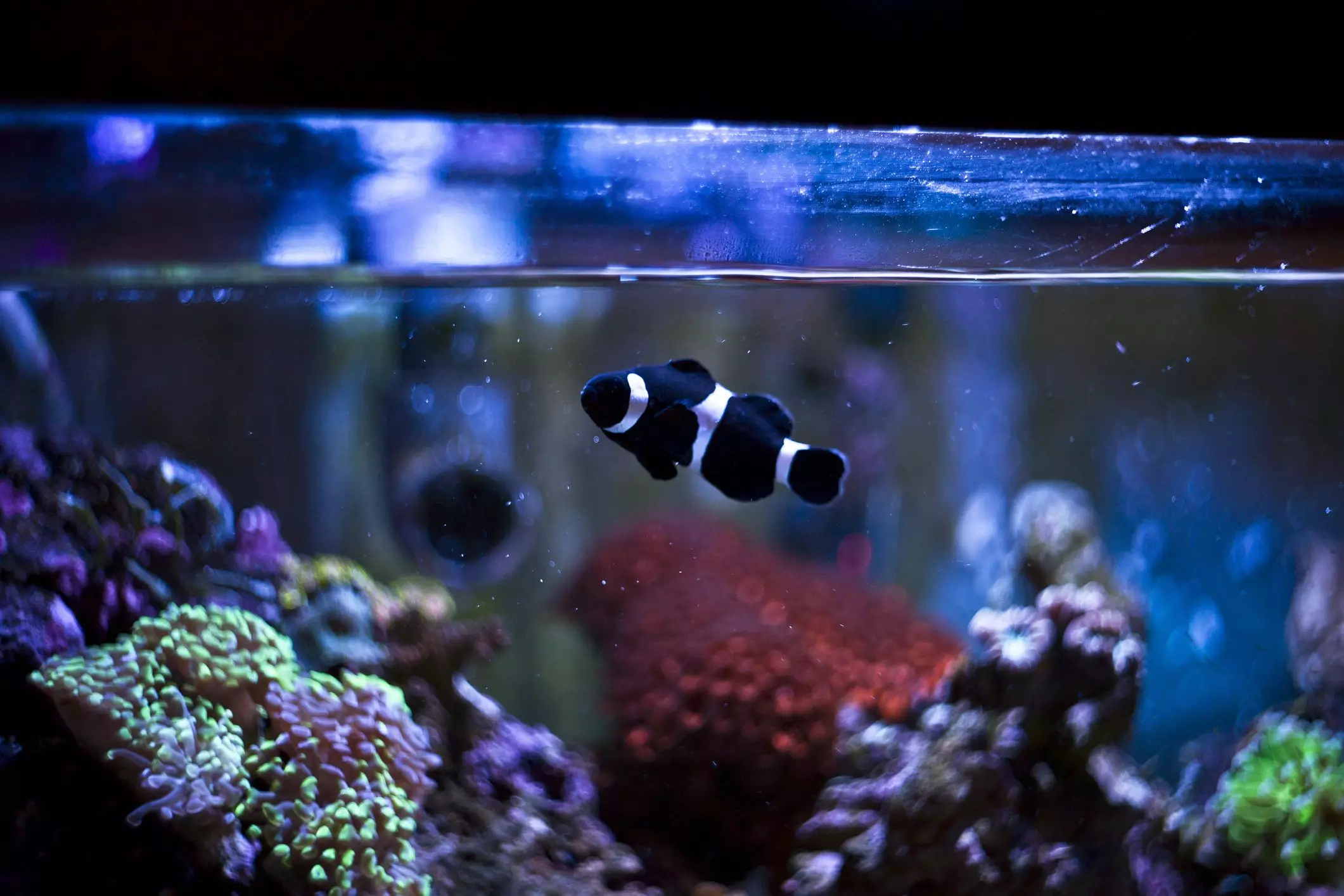In the world of fishkeeping, nitrate accumulation in aquariums, often referred to as “old tank syndrome,” presents a significant challenge for dedicated hobbyists. This phenomenon typically arises from negligence in regular maintenance and water changes—two essential components that uphold the health of an aquatic ecosystem. High nitrate levels can jeopardize the well-being of fish and other tank inhabitants, leading to conditions ranging from stress to outright toxicity. Consequently, understanding and managing these levels is crucial for a thriving aquarium.
Nitrate is a natural byproduct of the nitrogen cycle, which converts ammonia to nitrite and finally to nitrate through bacterial activity. In freshwater systems, nitrate concentrations can reach high levels without immediate harm, but saltwater environments necessitate stricter management due to the sensitivity of marine life, particularly invertebrates. Thus, proactive approaches to reduce nitrate levels are imperative, particularly for marine tanks where keeping nitrate below 20 mg/L can make a significant difference in biodiversity and overall health.
To combat high nitrate levels efficiently, it is essential to establish a consistent maintenance routine. Unfortunately, some aquarium keepers may avoid water changes due to the extra burden of replacing evaporated saltwater with freshwater. This practice, while convenient, does not address the underlying problem of rising nitrate levels and allows them to accumulate unchecked.
Before initiating water changes to manage nitrates, it’s crucial to consider their impact on the aquarium’s pH levels. Sudden fluctuations can lead to pH shock for sensitive species. Therefore, preparation is key—gradually adjusting tank water pH with substances such as baking soda or commercial pH reducers can help stabilize conditions for all inhabitants.
While many aquarists opt for gradual techniques, such as performing partial water changes, these methods can be inefficient for rapidly lowering nitrate levels. A more effective approach is to implement larger water changes strategically. For instance, a 40% reduction followed by a refill can expedite the process of nitrate reduction and lead to quicker improvements for fish behavior and overall tank health.
The mathematical aspect of water changes shouldn’t be overlooked. By employing a systematic approach, aquarium owners can significantly lower nitrate concentrations in a fraction of the time. For example, if the starting nitrate level is 100 parts per million (ppm), reducing the water level by 40% and then refilling can quickly lower nitrate to around 20 ppm—a substantially acceptable level as compared to the initial readings.
Despite the compelling reasons to initiate immediate and significant water changes, many hobbyists hesitate, fearing potential shock to their fish. This caution is entirely reasonable; however, the immediate risks associated with high nitrate exposure often outweigh the potential stress induced by rapid water changes. It is akin to being in a confined space filled with harmful gases—removing those gases is paramount for survival.
For those still apprehensive about rapid changes, a compromise exists. Spreading out water changes over several days allows for reductions in nitrate levels without placing undue stress on the inhabitants. This balanced approach can help mitigate shock while still addressing the pressing issue of high nitrates.
Despite best efforts, some aquarists may find themselves grappling with persistent nitrate issues. In such cases, adopting a more aggressive water change regimen could be the key to restoring balance. By utilizing the aforementioned water change strategy, hobbyists can effectively tackle nitrate buildups and enhance the overall environment for their aquatic friends.
Managing nitrate levels in an aquarium is integral to ensuring the health of its inhabitants. Through a combination of regular maintenance, strategic water changes, and gradual adjustments to pH and nitrate levels, aquarists can foster a vibrant and resilient aquatic ecosystem. This commitment will not only benefit the fish but will also deepen the passion and enjoyment of the hobby.

